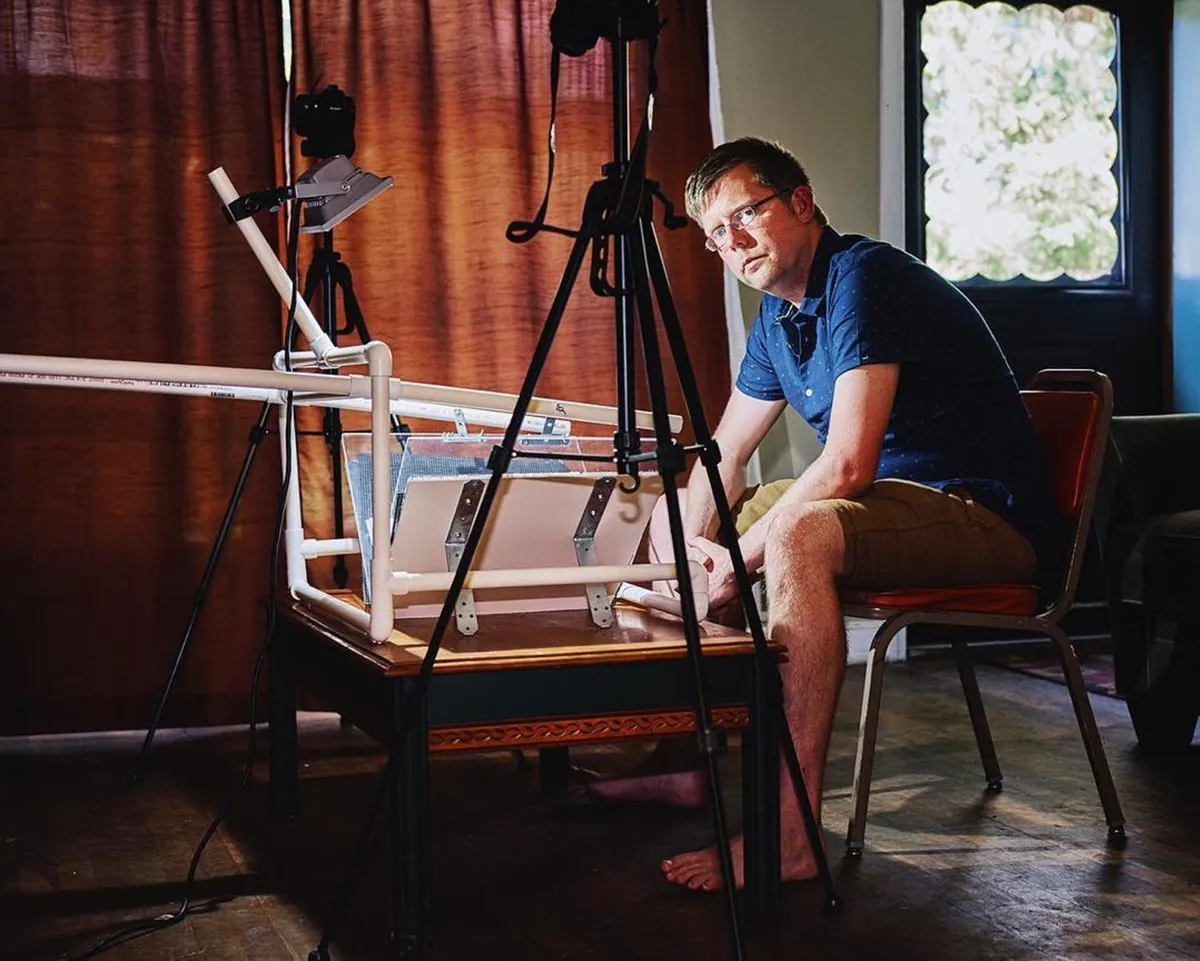.ART Digital Innovation in Art Nominee, Jason Bailey: The Missionary of Analytics


Five years ago Jason founded Artnome, an analytical database of worlds leading artists. His mission has been to create a universal resource that could help tackle the forgery issue in the art world. In doing so, he is assembling the largest digital archive of catalogue raisonné’s. Currently, the platform has over 40 complete archives of the most prominent artists. It continues to grow thanks to the open resources available at universities and the public archives. Jason believes that “Inspiration is something you get through hard work and good ideas come through the making process”.

With this new data I regularly make discoveries about masterpieces that no human could have made before me.
“Growing up among engineers isn’t easy when you’re bad at math” recalls Jason about his father and brothers engineering work dominating the family conversations. To his surprise, that family environment provided the grounds that later defined his passion at the intersection of art and technology. He acquired the technical knowledge at home while pursuing a degree in art, an area he was interested in since early age. However, a career in the arts didn’t begin until his later years. After finishing his degree, Jason soon realized that the art industry couldn’t provide the income needed to support him or a family. The circumstances forced him to pursue a stable job in the tech sector.
It was years later that Jason started making steps towards what would later become Artnome. “As I approached my 40’s I felt like I was missing something to be passionate about,” he says, “and then one day I read about the forgery problem, which I had no idea has been so big… some people say 15 to 20% of the works are either forged or misattributed” (The book was titled ‘Provenance’ by Laney Salisbury). To Jason, art and art history is like a religion, “hearing that some people were not only forging works but also the provenance, was like hearing that somebody was rewriting my bible!” he adds. That was the moment in life that Jason decided to shift his attention back to the world of art and its shortcomings.
“The art world has a shortage of quality data”, Jason comments as we discuss how technology could be applied to solve issues such as forgery and provenance authentication. He continues, “Whether it is blockchain or machine learning, data is the fuel that makes any of these work”.These statements justify Artnome’s pursuit for quality data across public databases and leading universities’ archives. Currently, institutions are requesting access on an individual basis, but Jason hopes to establish a more formal framework that the data could be accessed.
Whether it is blockchain or machine learning, data is the fuel that makes any of these work.
It’s no surprise that the platform is getting more traction at a rapid pace. Just a few years back, the research was all done in private with little information shared online. “At first, I would get embarrassed about telling people that I scan books to collect metadata” shares Jason, “but then I realized that if I got hit by a bus, no one would know I have this data!”. He launched the Artnome blog with the initial idea to demystify digital art. The blog would host opinion pieces with a disregard for the existing bias the Art World had towards the movement. “And then it just went viral” he comments, as more and more people started sharing his articles. The blog sparked attention to not only the digital art shortcomings but also to the projects Artnome stood behind.
“Having a website is everything!” says Jason when asked about the importance of online presence. “As an art student, you would hope to get into a show, to be represented, to get your work in front of as many people as possible… and now anyone can share their work online” he adds. At first, the blog “took all my money” he half-jokes. But now, Jason gets invited to speak all over the world. “The Princess of Bahrain invited me to speak in Bahrain a few months ago, and now I’m headed to China for ten days” he shares.
How to use your .ART domain name as your crypto address. Read More .ART Domain Name: Your Digital Business Card Read More How to link your .ART domain to your website Read More

Looking into the future, Jason notes how accessing image copyrights is still an issue. “All the students have no idea how many paintings there are by an artist, and you really can’t tell what makes a work unique without seeing the rest of the body of work… when you have a complete database of works, it could transform the way we look at the work” he says. Working with text alone allowed Artnome’s new analytics to discover information not available before. “I’m the first person on the planet discovering new things about masterpieces,” says Jason. By creating a universal resource, he believes more can be achieved both for the protection against fraudulent activities as well as the access to knowledge for the younger generation.
Find out more about Artnome
Also published on Medium.





